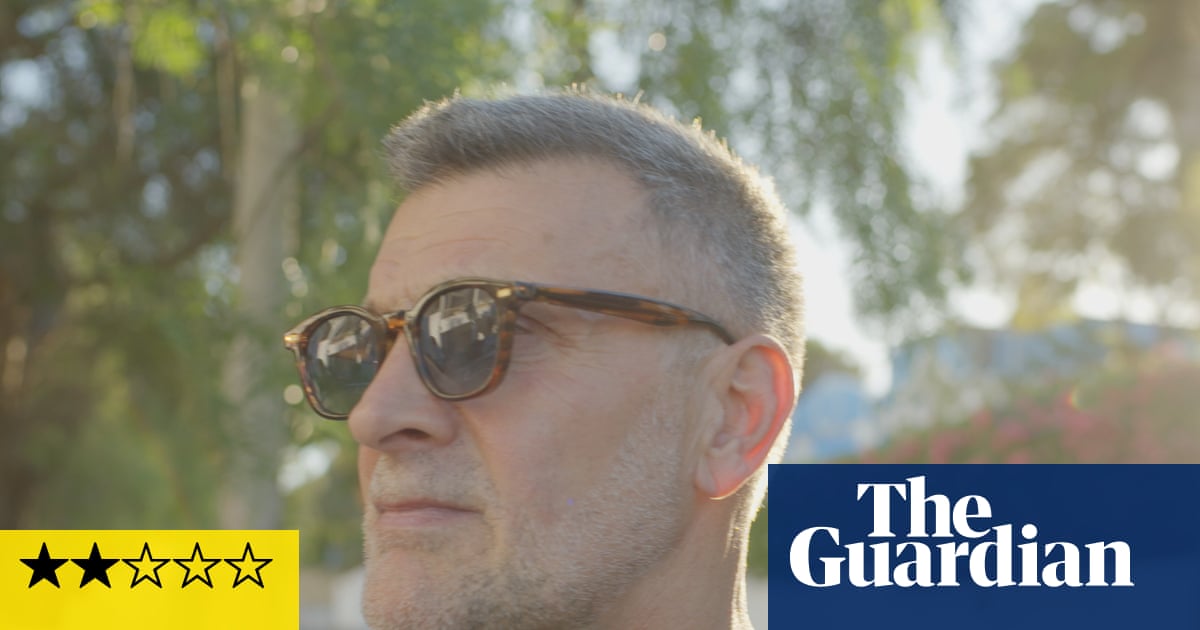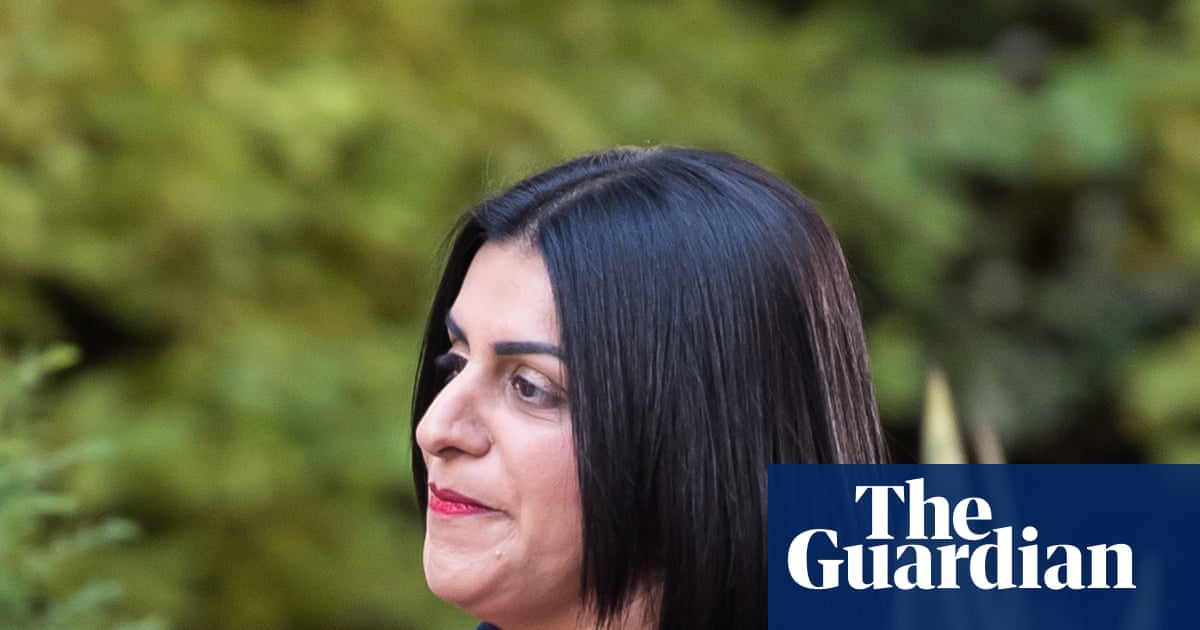Professional tennis players are often led to believe that taking time off is fatal. In such an intense, competitive individual sport where greatness is determined though fine margins, the pressure to keep on moving is eternal. If you are not constantly training, competing and working on your craft, it is said, someone will always be there to take your place. Once you lose your spot, you may never get it back.
During the most difficult period of her career, Amanda Anisimova, a former teen prodigy, had to reckon with that myth. In the depths of her depression, when the intensity of the tennis circuit had become unbearable and her mind was screaming out for change, the 23-year-old opted for the solution of a complete break from the sport two years ago.
“I had done that my whole life – pushing through everything – because I never took any breaks,” says Anisimova, calmly narrating the past eight years of her life in a hectic, bustling players’ restaurant during the Madrid Open. “I felt like it was just unfair for me to just keep pushing and pushing as if I’m not a human being.”
At an age when most tennis players are still finding their feet on the junior circuit, seven years ago a 16-year-old Anisimova arrived on the WTA tour seemingly fully formed. Her groundstrokes were not only devastating, they were clean and exquisite – her sweet timing, hand-eye coordination and effortless ability to redirect pace immediately set her apart. At just 17, she marched into the semi-finals of the 2019 French Open and was not far from winning it all. In hindsight, Anisimova says, she was not old enough to appreciate the significance of such an achievement: “I was obviously very young, and I didn’t have to deal with the highs and lows of the sport so much,” she says.
The lows, it turned out, were around the corner. By 2022, the many stressors presented by professional tennis had penetrated the American player’s psyche: “I was just struggling with the lifestyle and just dealing with a lot of stress from it, and it was affecting me a lot on the court,” she says. “Especially towards the end of the year. I think it was taking away from a lot of the joy that I was feeling when I came to training or came to tournaments. It just really wasn’t working for me.”
For months, Anisimova tried to play through her discomfort and it took a long time for her to understand that she could no longer continue. Finally, she decided that it was time to step away from the sport: “I was obviously privileged and able to take a break,” she says. “I know not many people are able to take a break from their career or their life. So, of course, I’m very grateful that I had the opportunity to do that. If I wasn’t going to be ready to come back, or if my body wasn’t going to be able to handle it, I knew that I would have to figure out something else to do. But I don’t think pushing through it was an option for me at that point.”

In lieu of her daily work on-court, Anisimova took holidays she had never previously considered and spent time with friends and family, time she normally would not be able to spare. For a semester, Anisimova studied at Florida’s Nova Southeastern University in person after previously conducting her undergraduate degree – business with psychology – remotely. She also took up painting, which became a refuge from her own thoughts and she eventually chose to donate the art she created to charitable causes addressing mental health, hunger and child abuse.
After months without even picking up a racket, by the end of 2023 Anisimova had found her way back to tennis. She slowly worked to regain her match fitness before returning at the beginning of 2024: “I think that I refreshed my mind and I took the time that I needed,” she says.
In a sport that teaches its subjects to never slow down, Anisimova’s decision to step away from the tour has provided a necessary example for other players with similar issues. Anisimova, for her part, is appreciative of colleagues such as Naomi Osaka who have also drawn attention to the importance of prioritising mental health. She believes that her generation has a greater grasp on how to directly tackle these issues.
after newsletter promotion
“I feel like maybe it’s not such an unspoken topic any more, and I think that’s very healthy and important for it to be more of something that people are comfortable talking about and sharing how they feel,” she says. “I feel like the older generation and the girls who probably played before us, it just wasn’t a discussion. Maybe they had to push through a lot more things. At the end of the day, it’s not very healthy long-term, and I think it’s very important being true to yourself and how you feel because that’s what contributes to happiness.”

This may not have been the goal when she opted to step back, but by taking care of herself mentally, Anisimova has scaled new heights on the court. This year, she took a significant step forward in her career by winning her first WTA 1000 title at the Qatar Open in Doha. As Roland Garros shifts into focus, Anisimova will return to compete in the city that defined the first part of her career, six years on from her breakthrough run in Paris. Now ranked at a career high of No 16, this will mark her first grand slam tournament as a top 20 player.
Still, Anisimova is more proud of her growth, and how she has navigated her numerous challenges, than any result. No on-court achievement is as significant as the lesson the past two years have taught her to trust her own convictions rather than simply following how things have always been done.

 3 months ago
100
3 months ago
100

















































